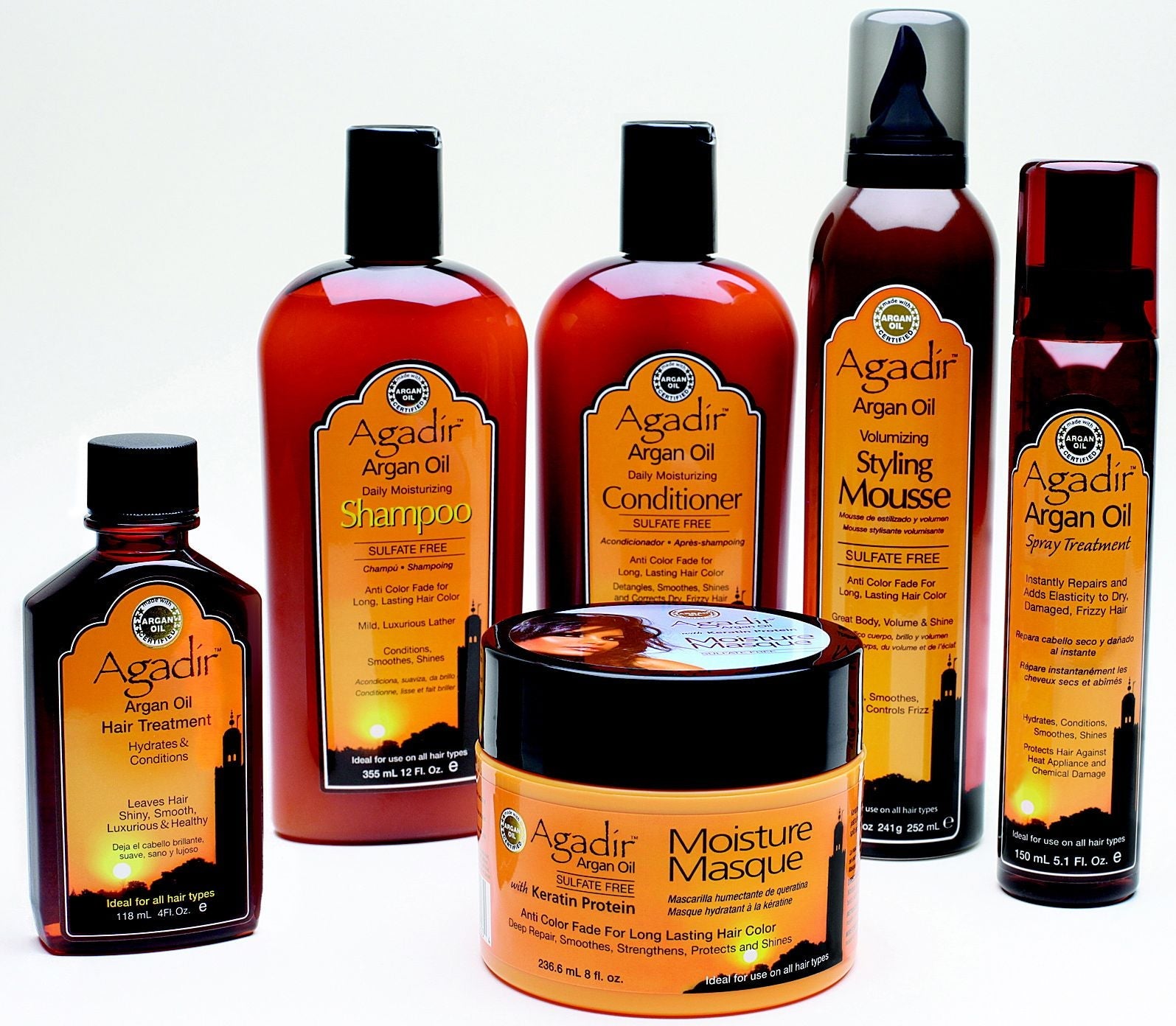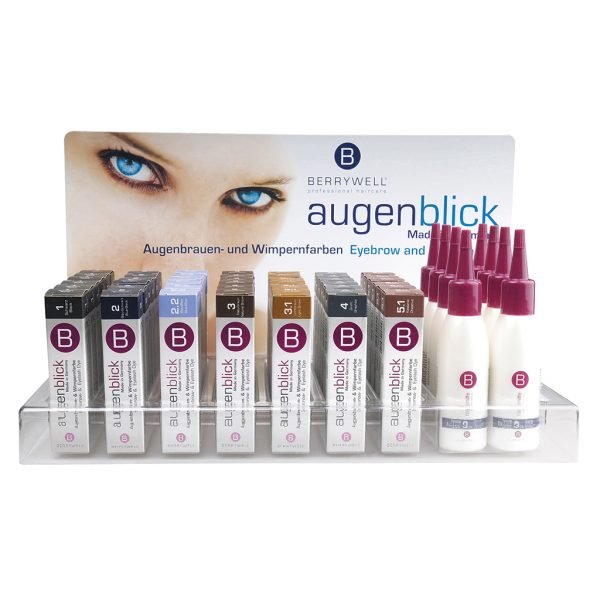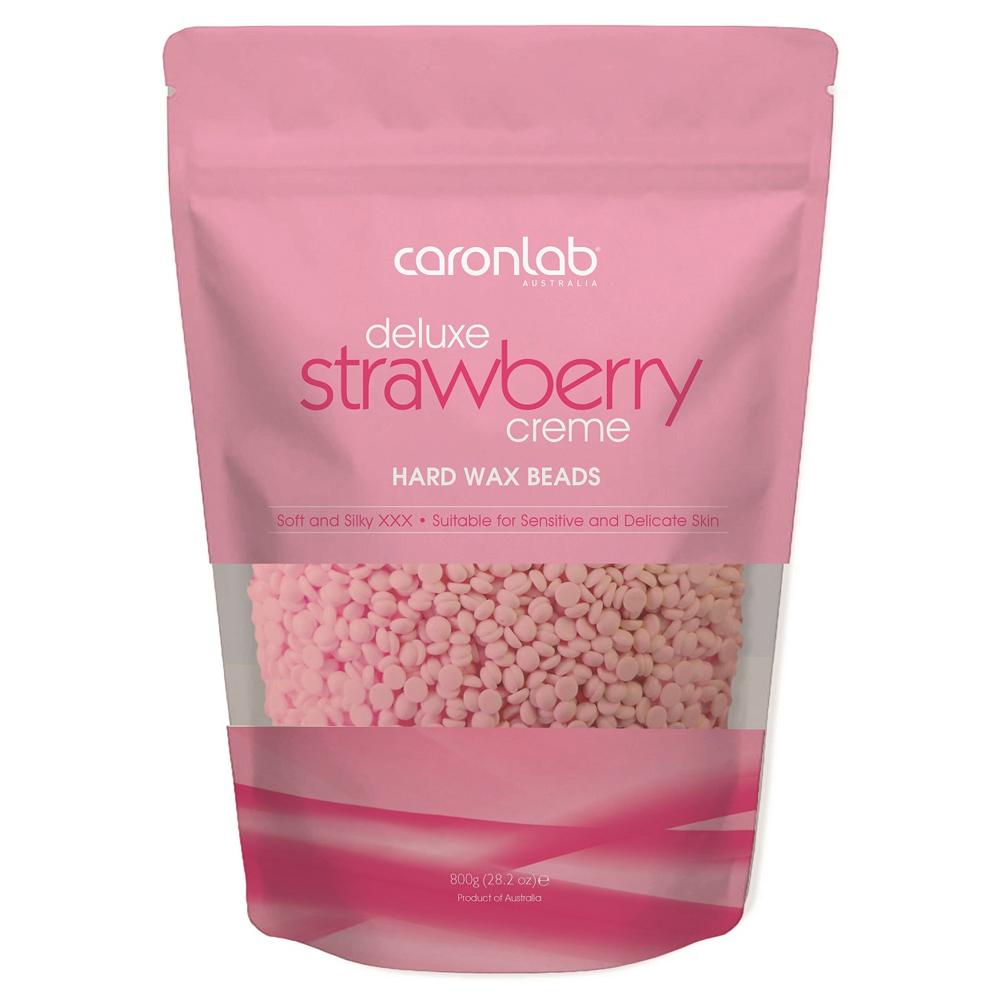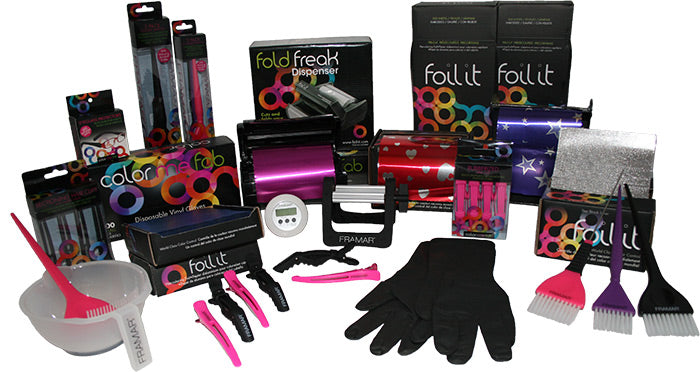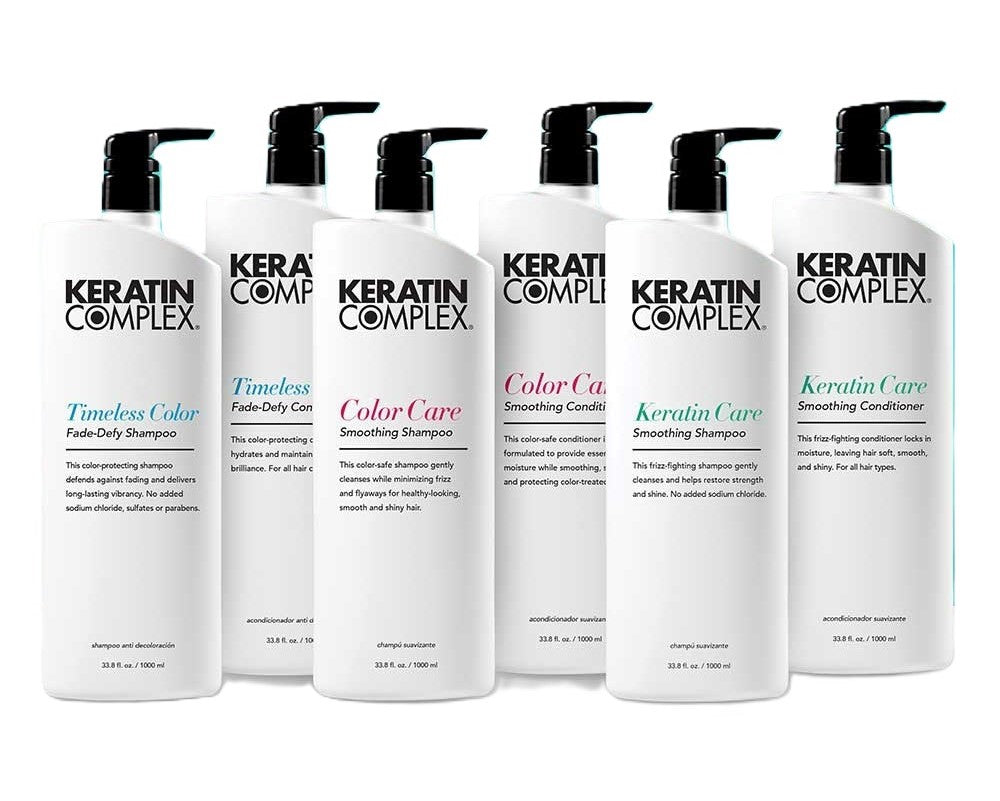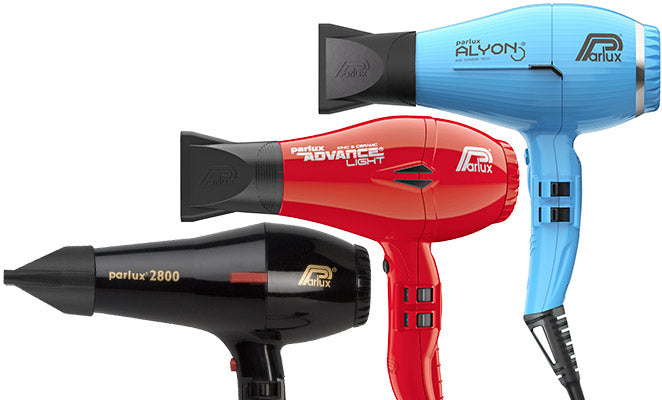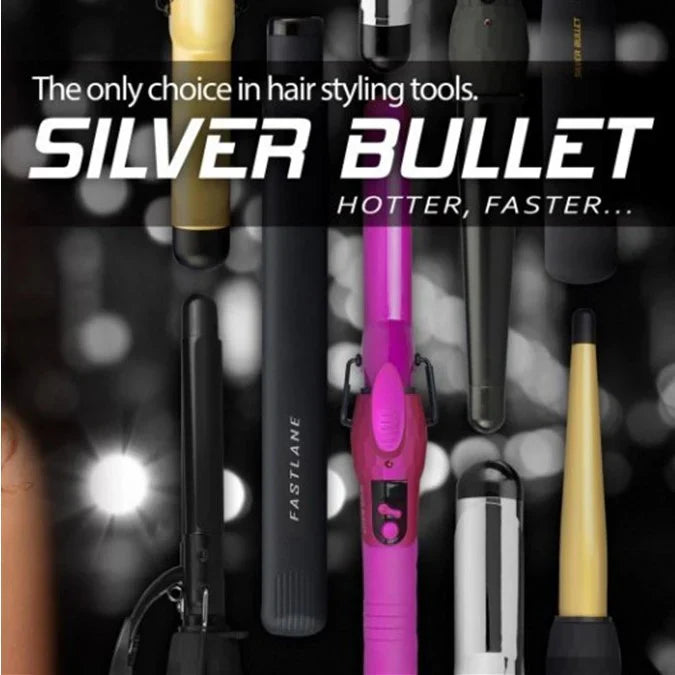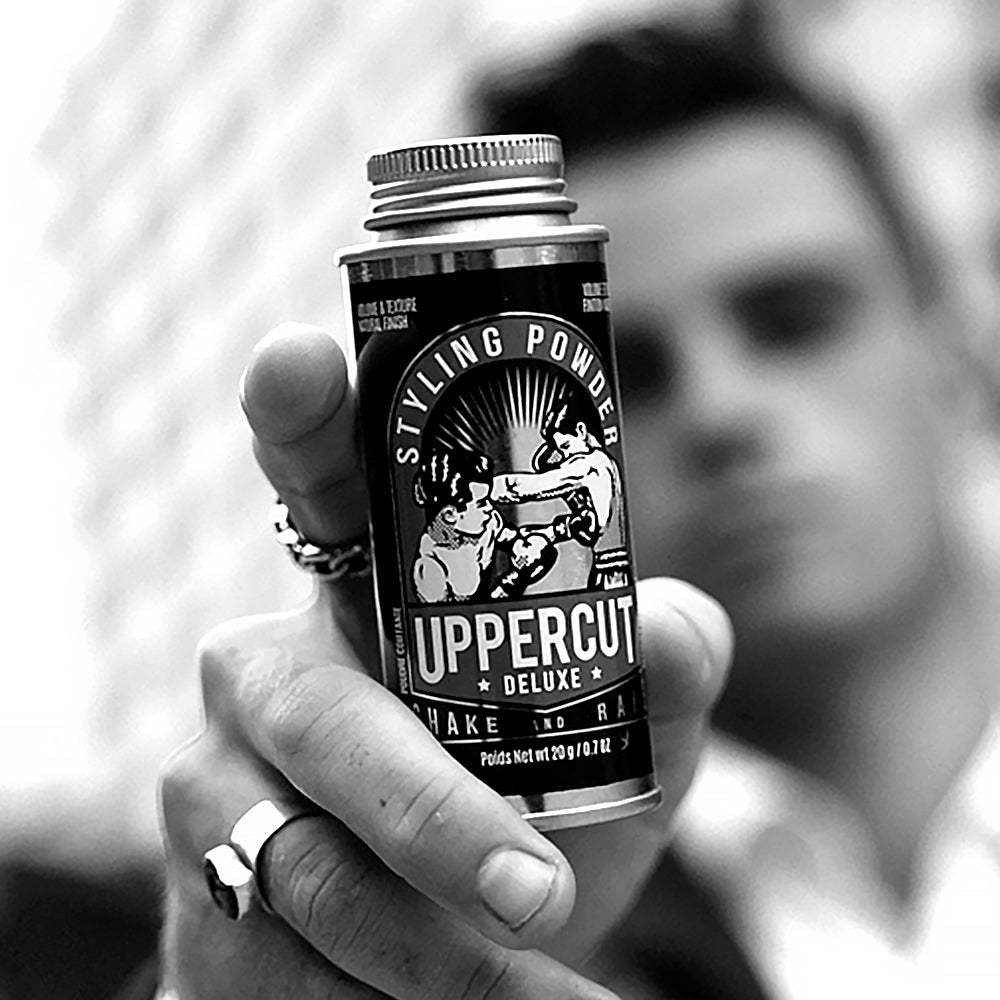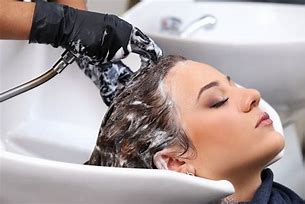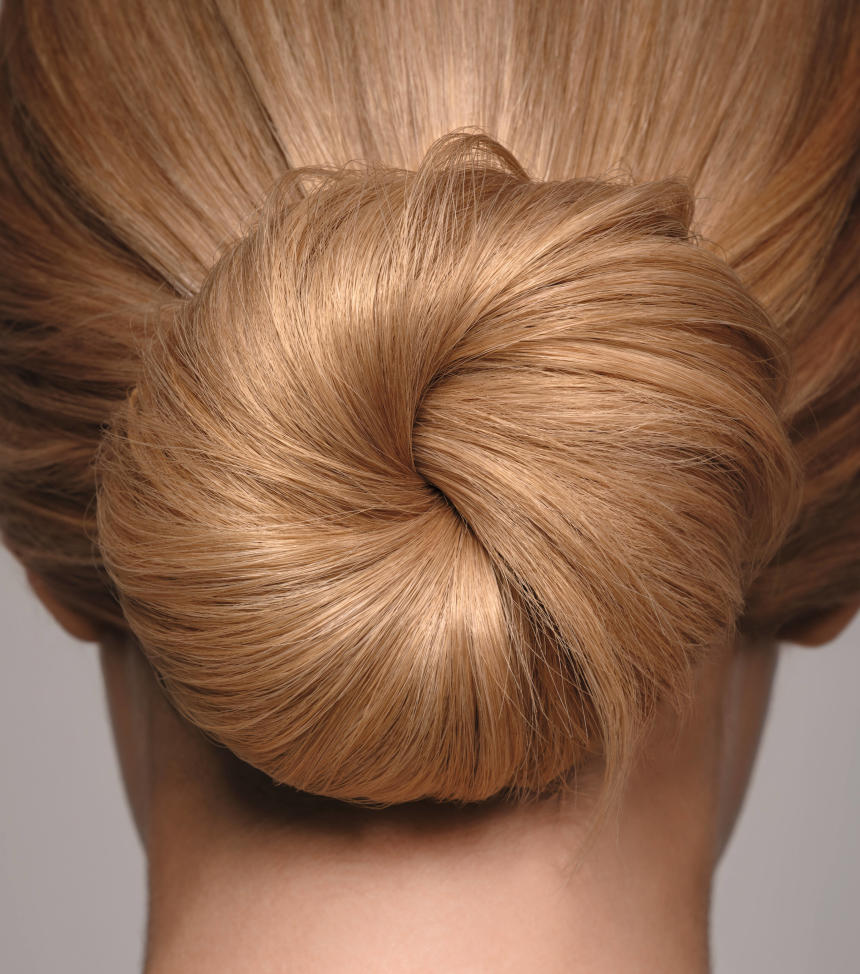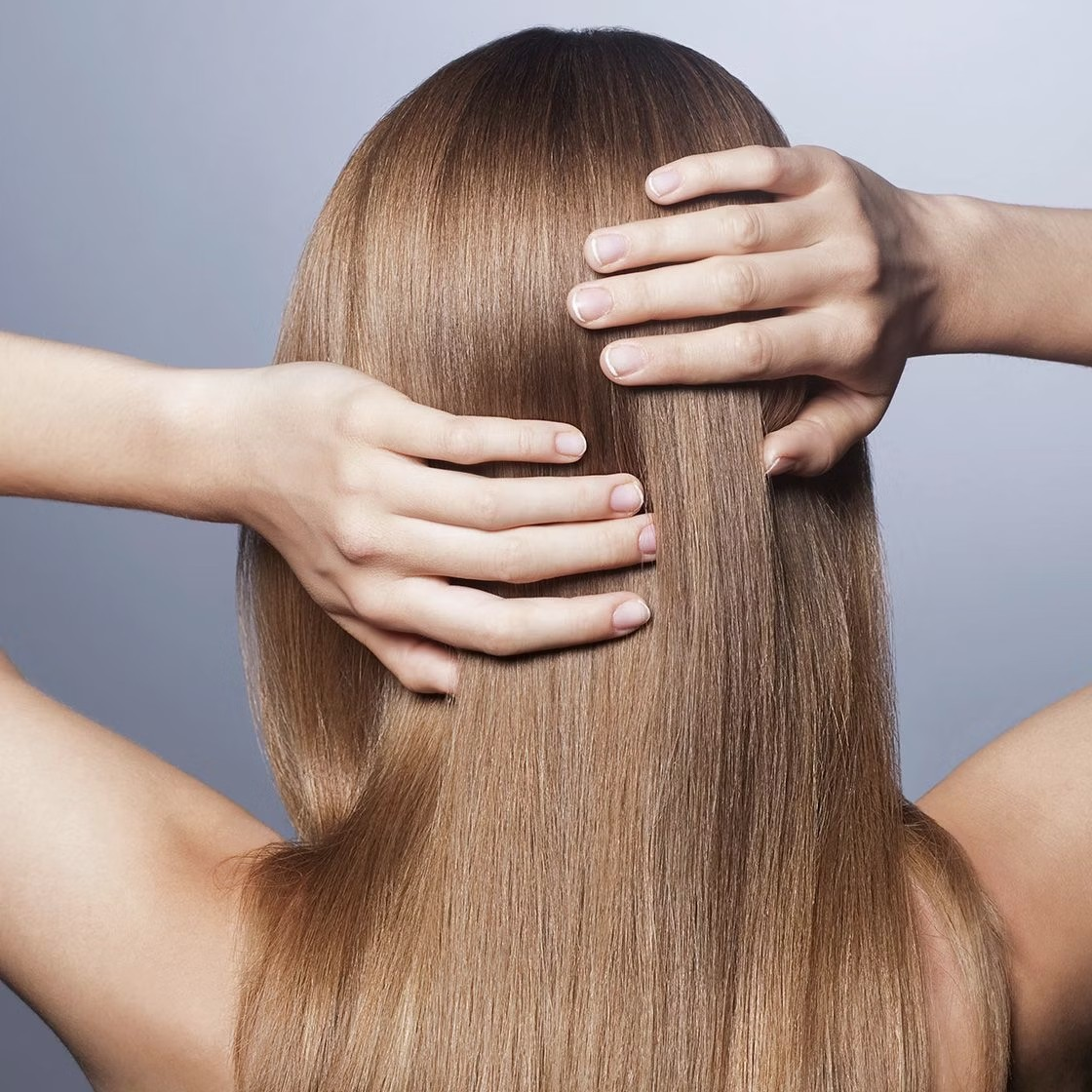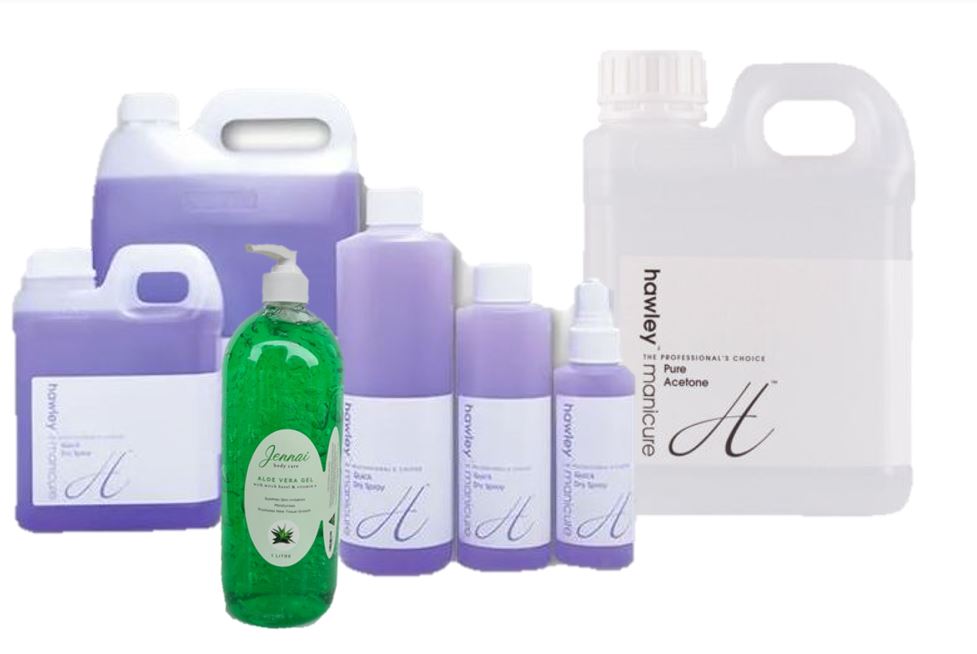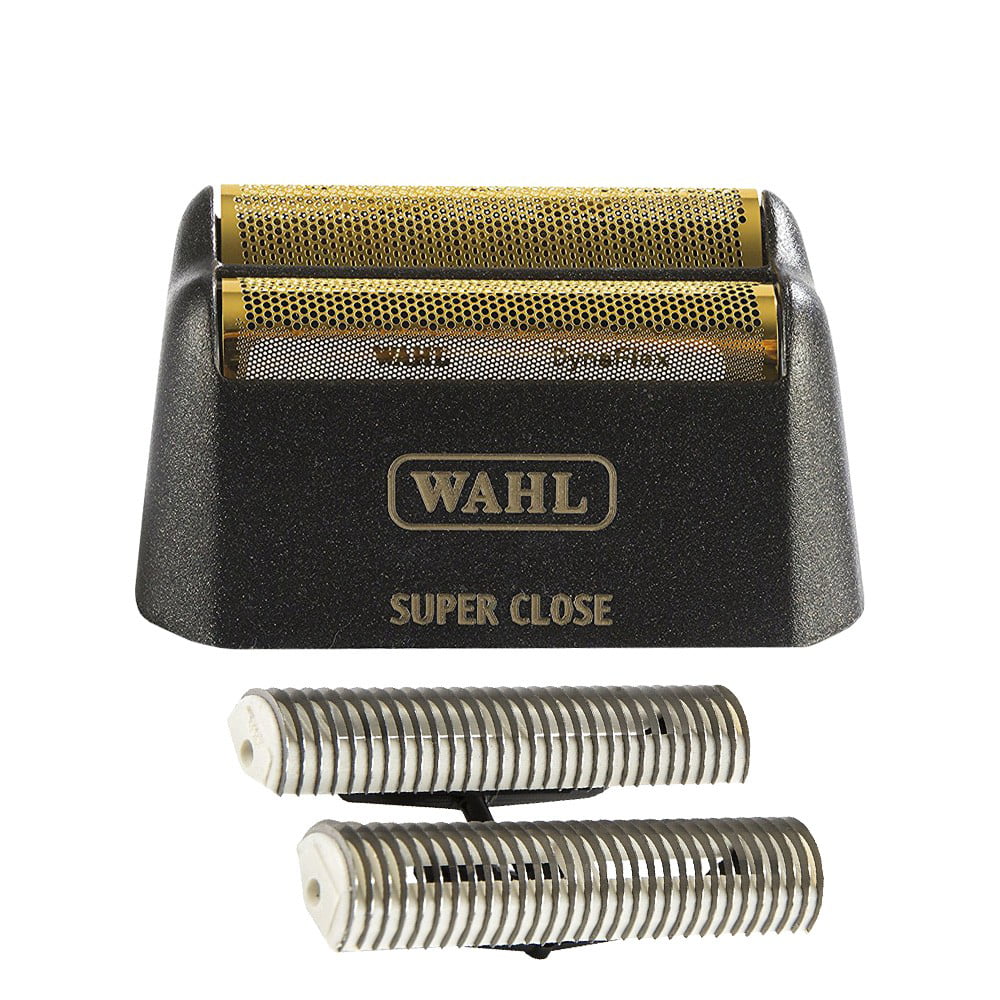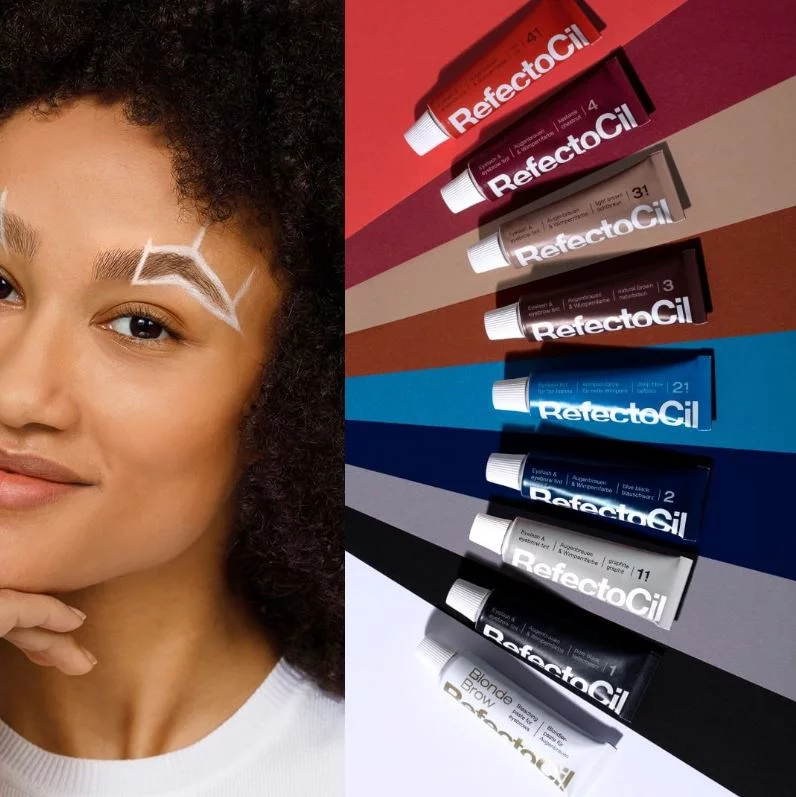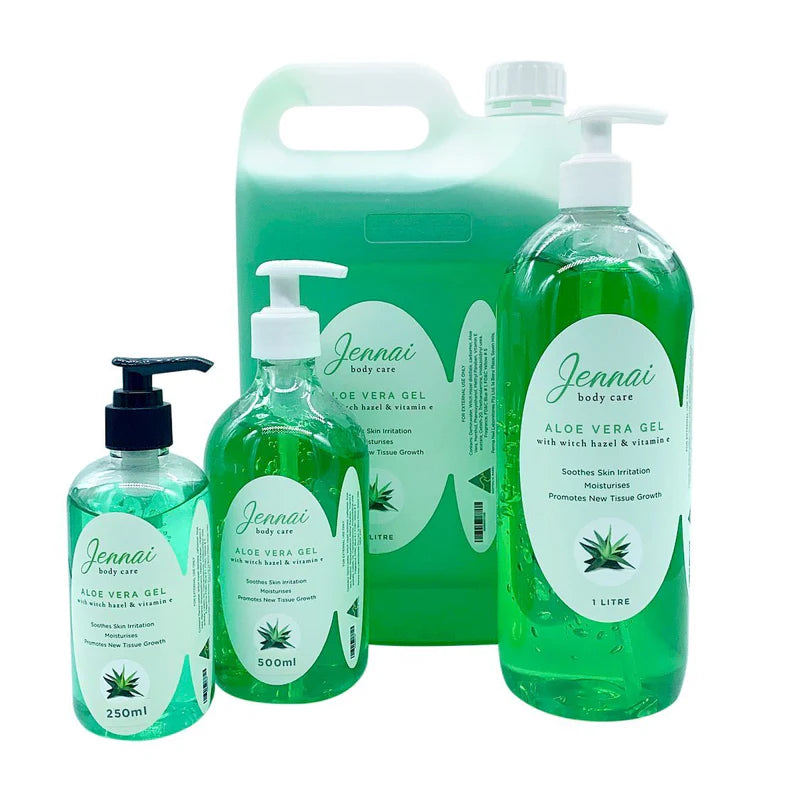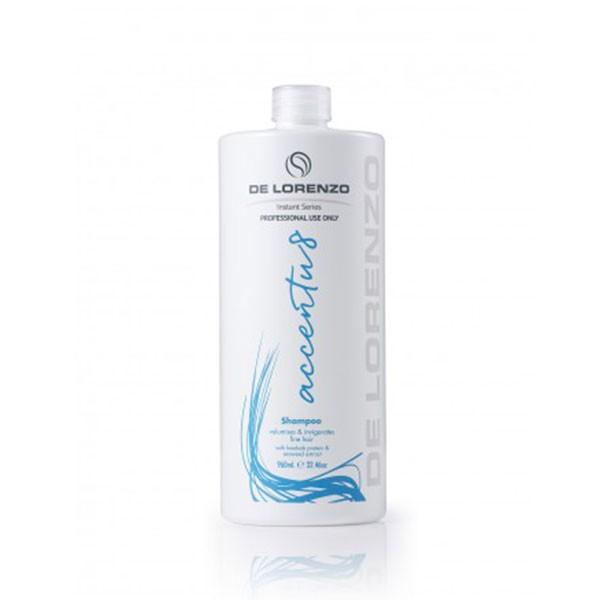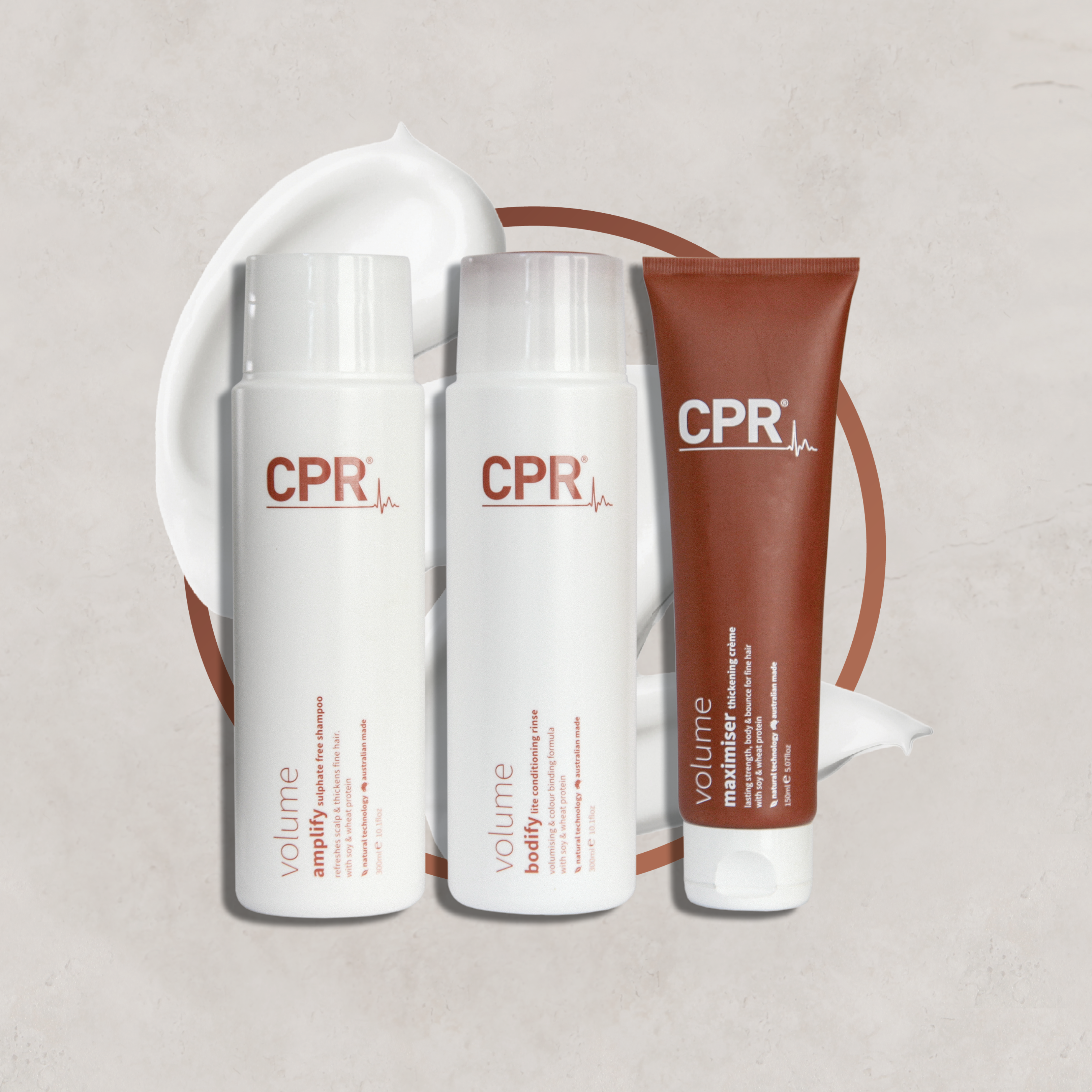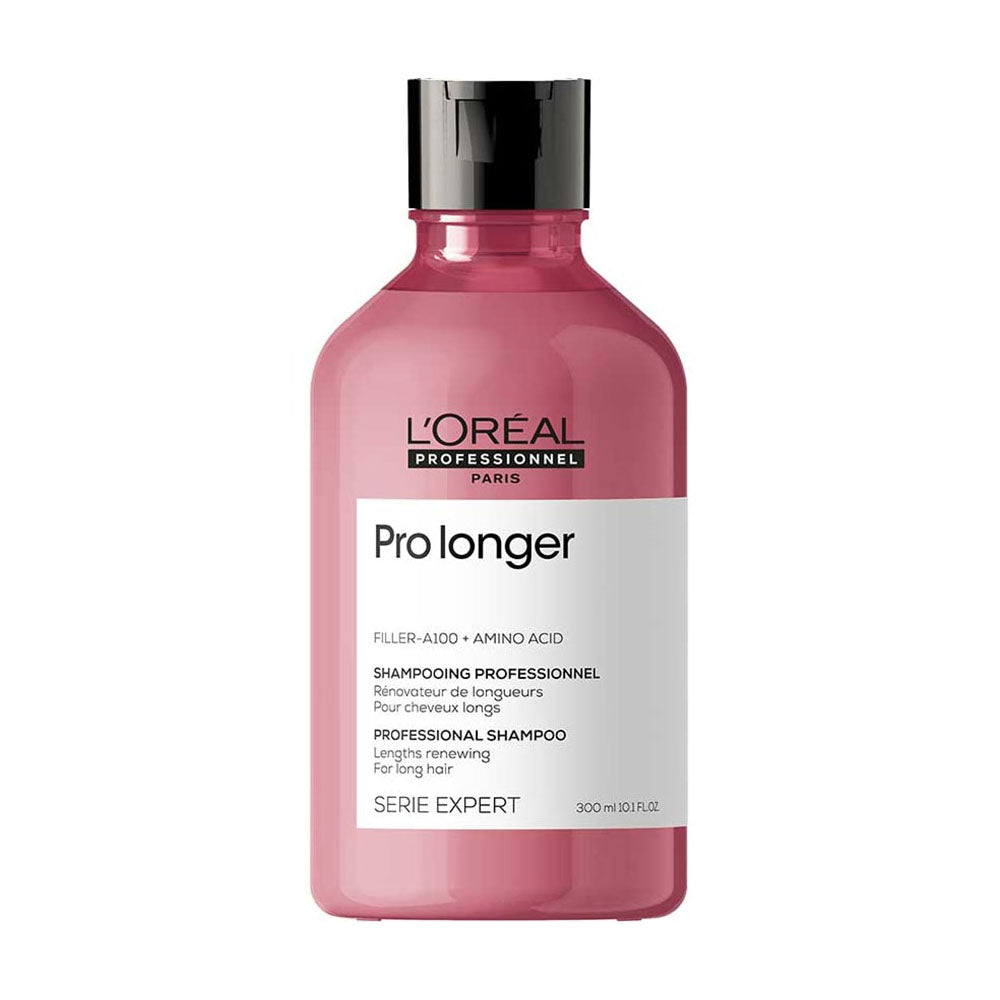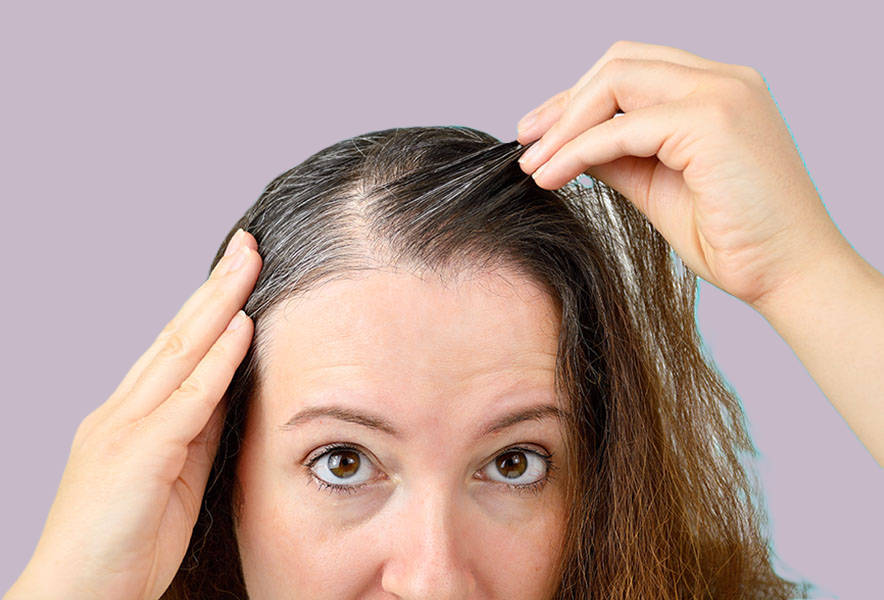
Our Brands
Brands M-Z- Mailbu C
- Manic Panic
- Matrix
- Milk_Shake
- Muk Haircare
- NAK Hair
- Natural Look
- NFuzion Professional
- Not Your Mother's
- Nourishing Mana
- Olaplex
- Olivia Garden
- ORI Lab
- Parlux
- Perfect Hair
- Pro-One
- Radical Color
- RefectoCil
- Reva
- Schwarzkopf
- Silkymit
- Silver Bullet
- Simba Textiles
- Speedy
- Twin Turbo
- Uppercut
- Vitafive CPR
- WAHL
- Wella Professionals
- WetBrush
Haircare
Hair Colour
Electrical
- Gifts
- Blogs
-
- Mailbu C
- Manic Panic
- Matrix
- Milk_Shake
- Muk Haircare
- NAK Hair
- Natural Look
- NFuzion Professional
- Not Your Mother's
- Nourishing Mana
- Olaplex
- Olivia Garden
- ORI Lab
- Parlux
- Perfect Hair
- Pro-One
- Radical Color
- RefectoCil
- Reva
- Schwarzkopf
- Silkymit
- Silver Bullet
- Simba Textiles
- Speedy
- Twin Turbo
- Uppercut
- Vitafive CPR
- WAHL
- Wella Professionals
- WetBrush
-
- Gifts
- Blogs
-
-
Mailbu C
![Malibu C – Vegan, cruelty-free hair care solutions. Combat hard water, chlorine & build-up with plant-based formulas powered by vitamin C. Restore vibrancy, protect colour, and nourish your hair & scalp with eco-friendly, salon-quality treatments.]()
-
Manic Panic
![Manic Panic Hair Dyes is where you'll find a variety of vivid colours to explore and try from the iconic High Voltage Classic Colour range.]()
-
Matrix
![Matrix Biolage Botanically infused formulas are at the the heart of Biolage Hair Care. The entire range caters to all hair types,]()
-
Milk_Shake
![Milk_shake professional haircare products displayed with soft pastel packaging, including shampoos, conditioners, and treatments for all hair types]()
-
Muk Haircare
![Collection of Muk Haircare electrical products including hairdryer, straighteners and curling wands]()
-
NAK Hair
![This is an image of two females with beautiful hair as a result of using NAK haircare products]()
-
Natural Look
![Natural Look Haircare range. This extensive collection features a wide range of natural, organic, and plant-based products designed to nourish and care for your hair, skin, and body]()
-
NFuzion Professional
![NFuzion Professional Haircare]()
-
Not Your Mother's
![Not Your Mother's]()
-
Nourishing Mana
![Nourishing Mana creates products that are all natural based botanicals with no synthetic fragrances.]()
-
Olaplex
![OLAPLEX is a revolutionary haircare brand renowned for its patented bond-building technology. This collection is designed to repair damaged hair, protect it from future harm]()
-
Olivia Garden
![Olivia Garden hair brushes laid out in a stylish arrangement, showcasing a variety of professional-grade options including round thermal brushes, detangling brushes, and eco-friendly bamboo brushes, ideal for all hair types and styling needs.]()
-
ORI Lab
![ORI Lab]()
-
Parlux
![Parlux Hairdryers: A collection of professional-grade hairdryers featuring advanced ceramic and ionic technology.]()
-
Perfect Hair
![Revitalise your hair with this activated charcoal range that detoxifies, nourishes and provides a deep cleanse and maintains scalp health]()
-
Pro-One
![Pro-One]()
-
Radical Color
![Radical Color]()
-
RefectoCil
![RefectoCil Eyelash and Eyebrow Tints]()
-
Reva
![Reva Massage and Wax Collection, where indulgence meets relaxation. This range of massage oils and wax products is designed to elevate your well-being]()
-
Schwarzkopf
![Schwarzkopf]()
-
Silkymit
![Unveil the beauty of flawlessly smooth skin with our exclusive Silkymit Hair Removal Mitt Collection at Salon Essentials]()
-
Silver Bullet
![Silver Bullet professional hair styling tools including straighteners, curling irons, hot air brushes, trimmers and clippers on display.]()
-
Simba Textiles
![Simba Textiles]()
-
Speedy
![Professional speedy hair dryers with ionic and ceramic technology, designed for fast drying, frizz control and salon-quality blowouts on all hair types.]()
-
Twin Turbo
![Twin Turbo]()
-
Uppercut
![Uppercut Deluxe]()
-
Vitafive CPR
![CPR Hair product range including shampoos, conditioners, treatments, and serums, designed for various hair care needs such as strengthening, nourishing, color protection, frizz control, and volume boosting.]()
-
WAHL
![Wahl Grooming Tools]()
-
Wella Professionals
![Wella Professionals]()
-
WetBrush
![WetBrush]()
-
Mailbu C
-
-
Gifts
-
Blogs

Coupon
Drawer Title
- Choosing a selection results in a full page refresh.





